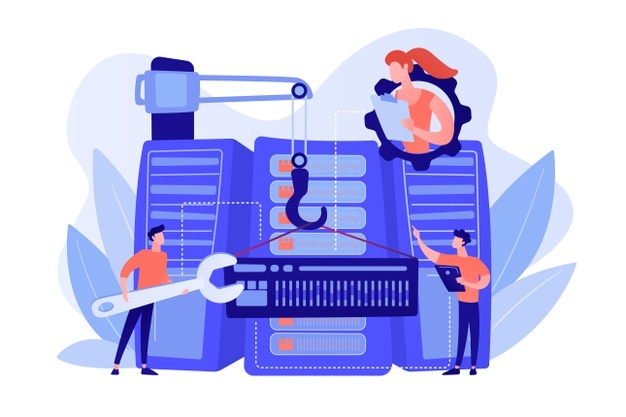Posted inProfessional Ethics & Human Values
CODES OF ETHICS – ROLES OR FUNCTIONS
1. Inspiration and Guidance: Codes provide positive stimulus for ethical conduct and helpful guidance by using positive language. Codes should be brief to be effective and hence such codes offer only general guidance. Supplementary statements or guidelines to give specific directions are added by a number of societies or professional bodies. 2. Support: Codes give positive support to those seeking to act ethically. An engineer under pressure to act unethically can use one of the publicly proclaimed codes to get support for his stand on specific moral issues. Codes also serve as legal support for engineers. 3. Deterrence and discipline: Codes can be used as a basis for conducting investigations on unethical conduct. They also provide a deterrent for engineers to act immorally. Engineers who are punished by professional societies for proven unethical behaviour by revoking the rights to practice as engineers are also subjected to public ridicule and loss of respect from colleagues and local community. This helps to produce ethical conduct even though this can be viewed as a negative way of motivation. 4.…
